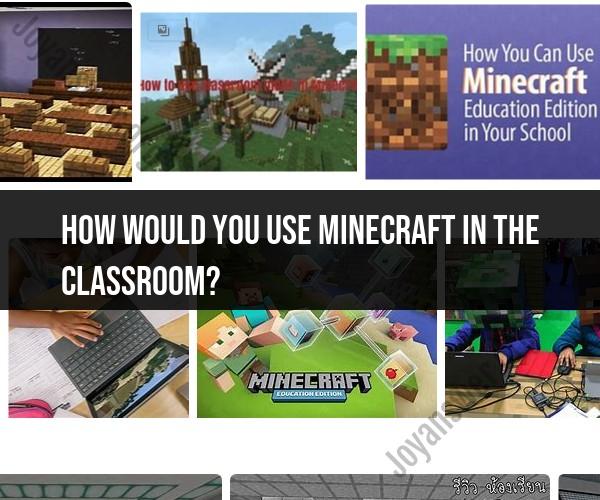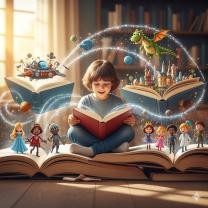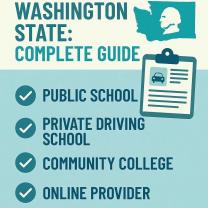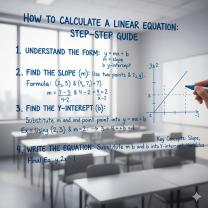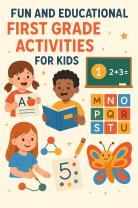How would you use Minecraft in the classroom?
Using Minecraft in the classroom can be a creative and engaging way to enhance learning across various subjects. Here's a step-by-step guide on how you can use Minecraft effectively in an educational setting:
1. Define Learning Objectives:
- Start by identifying the specific learning goals and outcomes you want to achieve with Minecraft. Consider how the game can support your curriculum and what skills or knowledge you want students to gain.
2. Obtain Minecraft: Education Edition:
- If your school or institution has access to Minecraft: Education Edition, use it as it offers additional features, classroom management tools, and ready-made lessons. Otherwise, you can use the regular Minecraft game.
3. Provide Basic Training:
- Ensure that both you and your students are familiar with Minecraft's controls and mechanics. You can offer a brief training session or provide resources for students to learn the basics.
4. Plan Curriculum Integration:
- Identify specific lessons or units where Minecraft can be integrated effectively. Consider subjects like science, history, math, literature, or even social studies. Determine how Minecraft can complement your existing curriculum.
5. Create or Select Educational Worlds:
- Depending on your curriculum goals, you can choose to create custom Minecraft worlds or use pre-designed educational worlds available in Minecraft: Education Edition. These worlds may align with specific subjects or historical periods.
6. Assign Projects and Challenges:
- Design projects or challenges that require students to apply their knowledge and skills within the Minecraft environment. For example, students can build historical landmarks, simulate scientific experiments, or solve math puzzles.
7. Foster Collaboration:
- Encourage collaboration and teamwork among students. Minecraft's multiplayer mode allows students to work together on projects, share ideas, and solve problems collectively.
8. Guide and Monitor Progress:
- Act as a facilitator and guide during Minecraft activities. Monitor students' progress, answer questions, and provide assistance when needed. Encourage critical thinking and creativity.
9. Reflect and Discuss:
- After completing Minecraft projects, engage students in reflective discussions. Ask them to explain their decisions, describe what they learned, and discuss challenges they encountered. Encourage them to connect their in-game experiences to real-world concepts.
10. Assess Learning Outcomes:- Assess students' learning outcomes through various means, such as written reflections, presentations, or quizzes. Evaluate their understanding of the subject matter and their ability to apply it within the Minecraft context.
11. Encourage Exploration and Creativity:- Allow students some freedom to explore and be creative within Minecraft. This fosters a sense of ownership and motivation for learning.
12. Provide Extensions and Challenges:- Offer extension activities or challenges for students who excel or want to further explore the subject matter within Minecraft. This can cater to varying levels of proficiency.
13. Maintain a Safe and Inclusive Environment:- Ensure that the Minecraft environment is safe, inclusive, and respectful. Teach students about digital citizenship and appropriate online behavior.
14. Share and Showcase Work:- Give students opportunities to share their Minecraft creations and experiences with peers, parents, or the school community. This can be done through presentations, exhibitions, or digital portfolios.
15. Gather Feedback:- Continuously gather feedback from students about their Minecraft learning experiences. Use this feedback to refine your teaching methods and improve future Minecraft-based lessons.
Remember that Minecraft should be used as a tool to enhance learning, and it should align with your educational goals and curriculum standards. By carefully planning and integrating Minecraft into your classroom, you can create exciting and immersive learning adventures for your students.
Integrating Minecraft in Education: Classroom Strategies
Here are some strategies for integrating Minecraft in education:
- Start with a clear learning goal. What do you want your students to learn from using Minecraft? Once you know your learning goal, you can design activities that will help your students achieve it.
- Choose the right Minecraft edition. There are two main editions of Minecraft: Java Edition and Bedrock Edition. Java Edition is the original version of Minecraft and is more popular among educators. Bedrock Edition is available on a wider range of devices, including tablets and smartphones.
- Create a Minecraft world for your students. You can create your own Minecraft world or download one from the Minecraft Marketplace. When creating your own world, be sure to include features that will help your students achieve your learning goal.
- Provide students with clear instructions. Students need to know what they are supposed to be doing in Minecraft. Provide them with clear instructions and explain how their work will be assessed.
- Differentiate instruction. Minecraft can be adapted to meet the needs of all students, regardless of their learning style or ability level. For example, students who need more support can be given pre-made Minecraft worlds to work in, while students who are ready for a challenge can be tasked with building more complex projects.
- Encourage collaboration. Minecraft is a great tool for encouraging collaboration among students. Students can work together to build projects, solve problems, and complete challenges.
- Reflect on learning. After students have completed their Minecraft activities, have them reflect on what they learned. This will help them to solidify their learning and to make connections between their Minecraft work and other areas of the curriculum.
Minecraft in the Classroom: Practical Implementation Tips
Here are some practical tips for implementing Minecraft in the classroom:
- Start small. Don't try to do too much too soon. Start with a few simple activities and gradually add more complex activities as your students become more familiar with Minecraft.
- Use Minecraft in conjunction with other learning activities. Minecraft is a great tool for supplementing other learning activities. For example, you can use Minecraft to help students learn about concepts that they are studying in other subjects.
- Be flexible. Things don't always go according to plan when using Minecraft in the classroom. Be prepared to adjust your plans as needed.
- Have fun! Minecraft is a game, so make sure that your students are having fun while they are learning.
Educational Adventures with Minecraft: Classroom Applications
Here are a few examples of how Minecraft can be used in the classroom:
- Math: Students can use Minecraft to learn about fractions, geometry, and other math concepts. For example, students can build fraction models or geometric shapes in Minecraft.
- Science: Students can use Minecraft to learn about ecosystems, the solar system, and other science concepts. For example, students can build models of different ecosystems or the solar system in Minecraft.
- Social studies: Students can use Minecraft to learn about history, different cultures, and other social studies concepts. For example, students can build historical landmarks or simulations of different cultures in Minecraft.
- Language arts: Students can use Minecraft to learn about writing, speaking, and listening. For example, students can write stories set in their Minecraft worlds or give presentations about their Minecraft projects.
These are just a few examples of the many ways that Minecraft can be used in the classroom. With its endless possibilities, Minecraft is a powerful tool for teaching students a variety of subjects in an innovative and engaging way.
